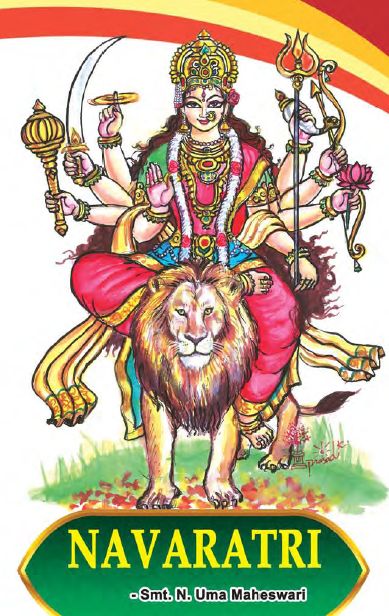Sarada Navaratri – Maha Navaratri The festival Navaratri has a profound religious significance. It is believed that during these days, Goddess Durga specially descended on the earth to bless Her devotees to annihilate evil and establish ‘sanatana dharma’ firmly in the world. Goddess Durga is seen as a lion in a sitting posture. The lion Read More
Ads Blocker Detected!!!
We have detected that you are using extensions to block ads. Please support us by disabling these ads blocker.

